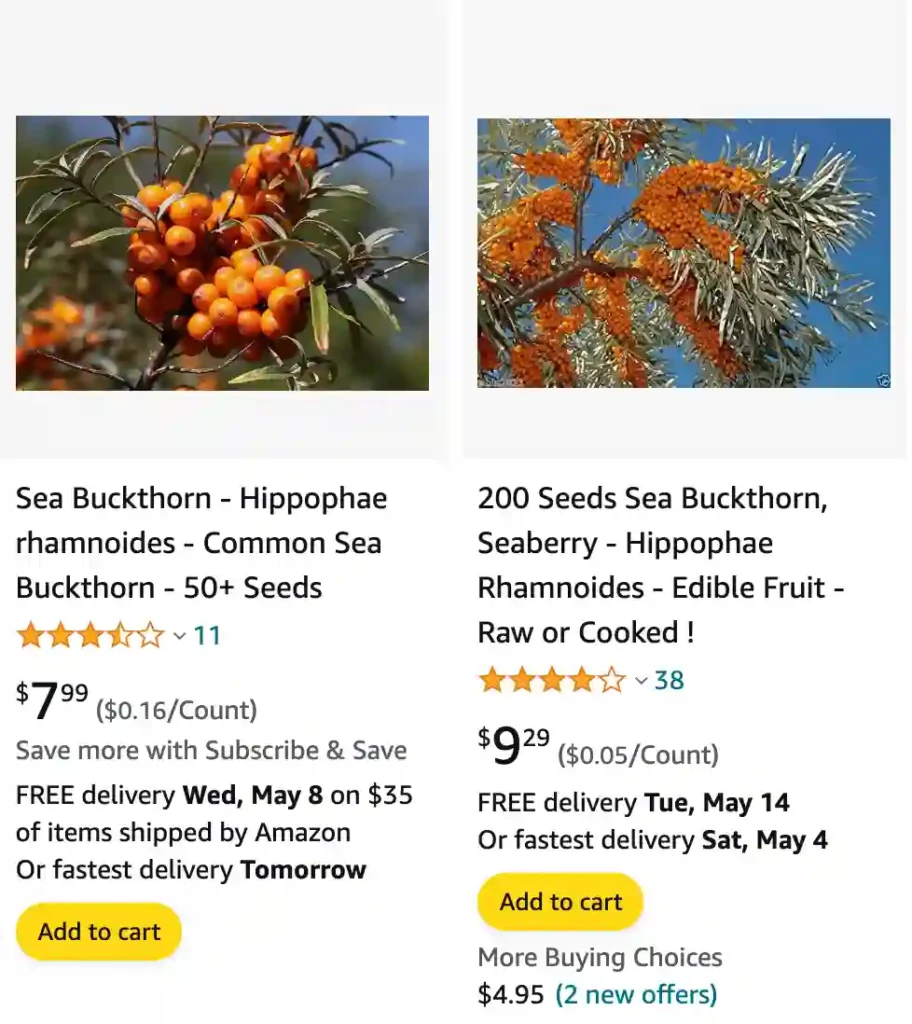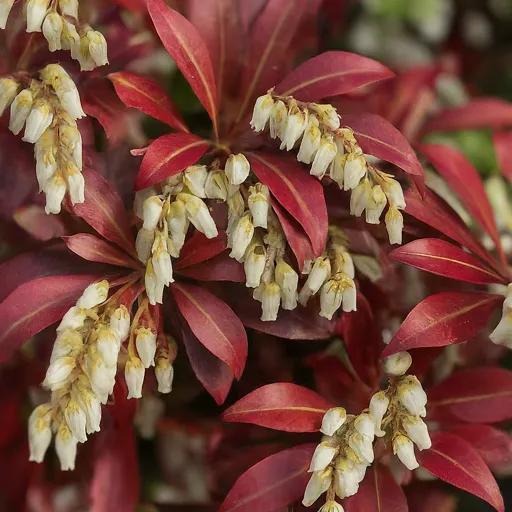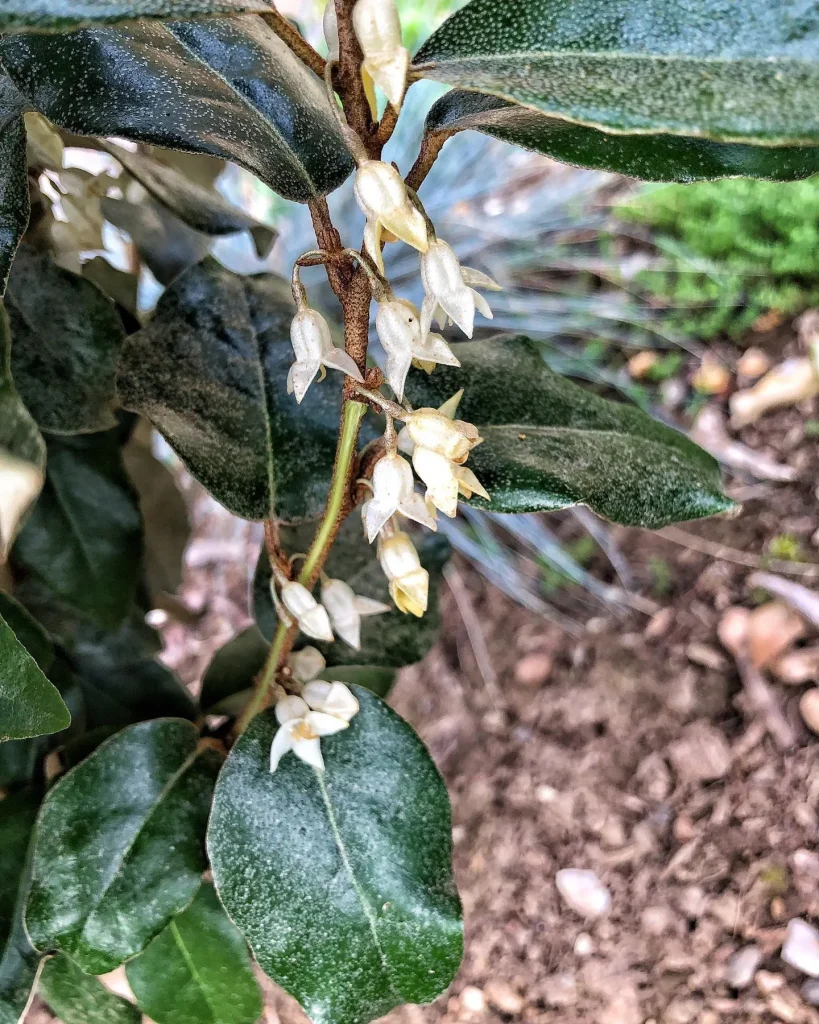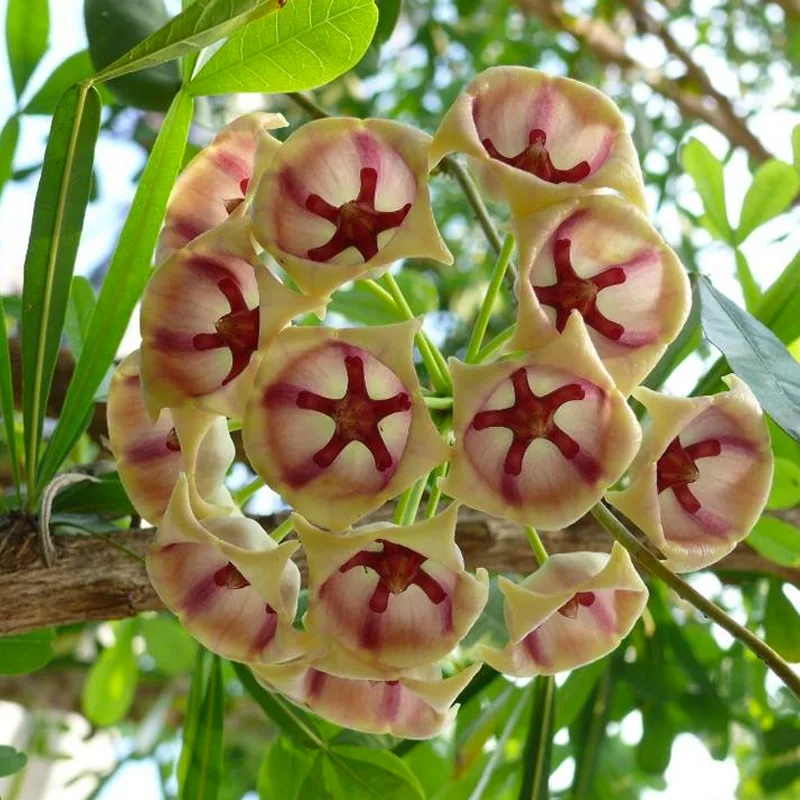
What is buckthorn?
Buckthorn is this awful shrub that’s invaded our woods behind the house. It’s become a real headache for me and the other weekend warriors who try to keep the trails clear. The things are like prickly bullies, taking over whole patches of ground and choking out all the other plants. They’re not even native here, snuck in from Europe years ago. You can spot them by their dark green leaves with little teeth on the edges, and these inky black berries they produce in the fall. They might look pretty, but don’t be fooled – those berries are a nightmare for the local birds, giving them a terrible stomach ache.
What does buckthorn look like?
Buckthorn is like the unwelcome visitor who overstays their welcome in our woods. They’re these tall, gangly shrubs with multiple stems, reaching up to my shoulders sometimes. The worst part is definitely the leaves – a dark, glossy green that seems to stay that way even when everything else has turned brown and crispy. They’re kind of oval-shaped and have a pointed tip, but the edges are what really get me. Tiny, sharp teeth all along the margins, like a bad haircut gone wrong. And then there are the berries – these clusters of black, inky spheres that look like something out of a spooky Halloween decoration. They might seem tempting to birds, but I wouldn’t be surprised if that’s why the robins haven’t been singing much lately.
How to kill buckthorn?
Getting rid of buckthorn feels like a never-ending battle, but I’ve learned a few things through trial and error in our war zone of a backyard. The trick seems to be a two-pronged attack. First, you gotta cut those suckers down at the base. I use loppers for smaller ones and a chainsaw for the real monsters. But just chopping them down isn’t enough – those sneaky roots will try to sprout back with a vengeance. That’s where the herbicide comes in. I’ve found that using a cut-stump treatment with a product that has triclopyr as an ingredient works best. Just be sure to follow the directions exactly, and wear gloves and eye protection – that stuff is no joke! It’s a slow process, but with some persistence, I’m slowly starting to reclaim our woods from the clutches of buckthorn.
What is sea buckthorn good for?
Admittedly, I haven’t had any personal experience with sea buckthorn myself. It sounds kind of like its nasty cousin, the regular buckthorn, wreaking havoc in some other part of the world. But from what I’ve heard from folks online, it seems like sea buckthorn is the good kind of buckthorn. Apparently, the berries are packed with vitamins and antioxidants, and people use them for all sorts of things – skincare, boosting the immune system, even helping with heart health. Sounds too good to be true, but maybe that’s the difference between the European bully and this sea buckthorn – one’s a nuisance, the other might be a hidden health wonder.
Why is buckthorn bad?
Buckthorn is the bane of my existence in our backyard woods. It’s like an ecological bully, crowding out all the other plants I love. These shrubs grow super fast and thick, with these big, shady leaves that block sunlight from reaching the ground. That chokes out all the wildflowers and ferns that used to grow there, leaving the forest floor bare and sad. It totally disrupts the whole ecosystem – no more colorful flowers for the butterflies, and less food and shelter for the little woodland creatures. And to top it all off, the dense buckthorn thickets make it nearly impossible to walk through the trails – like nature’s prickly gauntlet! Ugh, buckthorn.
Are buckthorn berries edible?
Buckthorn berries are one of those things I wouldn’t touch with a ten-foot pole, at least not raw. I’ve heard conflicting stories – some folks say they’re technically edible if you cook them a certain way, but others swear they’ll give you a nasty stomach ache. Honestly, the whole idea sounds like a recipe for disaster. Those berries might look juicy and tempting, but I’ve seen what they do to the robins and finches that peck at them – not a pretty sight. Plus, there are plenty of other delicious wild edibles in the woods that I know are safe, so why risk it with the buckthorn? No thanks, I’ll stick to the tried-and-true options!
Do deer eat buckthorn?
From what I’ve seen around our place, deer don’t exactly seem to crave buckthorn. Sure, they might nibble on the leaves or snatch a stray berry every now and then, especially in the winter when pickings are slim. But buckthorn isn’t exactly a gourmet meal for them. There’s all these other tastier options around – lush green ferns, juicy berries from native shrubs, and those tender shoots on young maple trees. Deer are browsers, so they like a varied diet, and buckthorn just doesn’t seem to be high on their list. In fact, some folks say the dense buckthorn thickets actually make it harder for deer to move around and find the good stuff to eat. So, buckthorn might not be deer candy, but it definitely disrupts their natural habitat.




